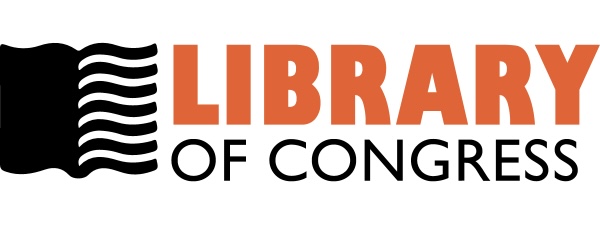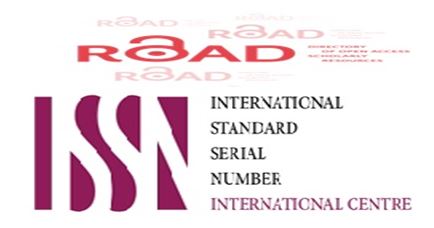Causes &clinical presentation of hypotonia in children
DOI:
https://doi.org/10.32007/jfacmedbagdad.5141078الكلمات المفتاحية:
Hypotonia, presentation, central, peripheral, onset.الملخص
Background: Hypotonia is not a specific medical disorder, but a potential manifestation of many different diseases and disorders. The long-term effects of hypotonia on a child's development and later life depend primarily on the severity of the muscle weakness and the nature of the cause.
Patients &Methods: A prospective, cross sectional descriptive study in which 62 patients with hypotonia, age 3months to13 years, were evaluated in children welfare teaching hospital /Baghdad (a tertiary care center), over 4months Period (1st of January to 1st of May,2008 ) . Children were categorized into groups of central , peripheral& systemic hypotonia, and specific diagnosis of each of groups was made by clinical findings, neuroimaging, metabolic, muscular enzymes, Electromyography-Nerve conduction velocity, thyroid function tests, Serum Calicium&X- RAY of left wrist,& TORCH (Toxoplasmosis,others, rubella, CMV, herps simplex) assay in our medical teaching laboratories.
Results: The most common cause of hypotonia was central in 30 patients (48.4 %). (Four patient with unknown causes), the most common lesion was brain atrophy detected by CT scan examination in 23/30 (76.7%). Peripheral causes found in 14/58 (22.6%) which include myopathies in 7 patients (11.3%), anterior horn cell lesion in 7 patients (11.3%). Systemic causes were found in 14/58 (22.6%). Early Onset in 46/62 (74.2%), while late onset constituted 16/62 (25.8%).The most common mode of presentation is delayed mile stones found in 32 patients (51.6%).
Conclusions: The most common cause of hypotonia in children enrolled in the study is central lesion and commonly occurs in pre natal, natal & post natal periods. The most common finding is brain atrophy diagnosed by CT scan, while the most common presentation is delayed milestones, and most common type of weakness is proximal.
التنزيلات
التنزيلات
منشور
إصدار
القسم
الرخصة
Permit others to copy and distribute the manuscript; to extract, revise, and create another derivative
works of or from the manuscript (e.g., a translation); to incorporate the manuscript into a
collective work; and to text or data mine the article, even for commercial purposes, provided that
the author(s) is/are credited; the article's modifications should not harm the author's honor or
reputation; and the article should not be altered in a way that would cause the author to lose them
reputation. The Creative Commons Attribution 4.0 International License (CC BY 4.0) has more
information.




















 Creative Commons Attribution 4.0 International license..
Creative Commons Attribution 4.0 International license..


